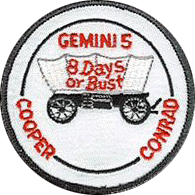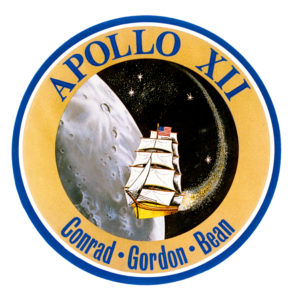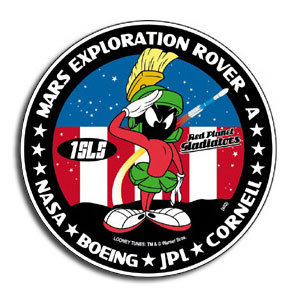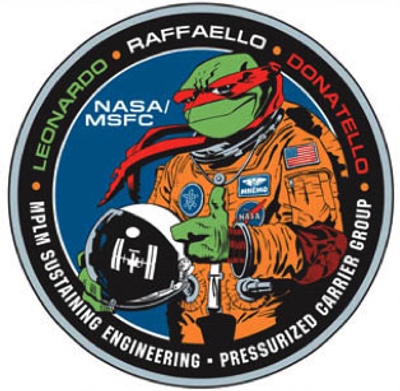We’ve said it before: we love space. Because of that, we’ve done everything from rounding up the best activities for space-loving kids to interviewing an actual rocket scientist. However, a lot of what we know about space we owe to organizations like NASA, a supporter of keeping our children’s imagination and curiosity alive through space discovery.
In light of recent news about NASA featuring Marvel’s Guardians of the Galaxy’s beloved characters Groot and Rocket Raccoon on its newest mission patch, we got to thinking: how did NASA mission patches even get started?
American mission patches originated only shortly after NASA itself did. Based on shoulder patches U.S. Air Force pilots wore, space patches were originally made for individual space missions. Many attribute Gordon Cooper, U.S. Air Force pilot and aeronautical engineer, as the man who started the mission patch trend for the Gemini 5 flight in 1965. Since that day, many major NASA missions have had unique patches.
Bearing the logo, “8 Days Or Bust,” the Gemini 5 patch went on to create a legacy of iconic mission patches. Since then, NASA has created dozens of patches, some of which play to the trends in America at the time, such as Apollo 12’s use of a golden ship to represent the Golden Age of exploration on the final frontier.
 Groot and Rocket Raccoon aren’t the first pop culture icons to be placed on a mission patch, either. A 2003 Mars Rover patch cleverly featured Marvin Martian on its patch, and a Teenage Mutant Ninja Turtles patch even exists.
Groot and Rocket Raccoon aren’t the first pop culture icons to be placed on a mission patch, either. A 2003 Mars Rover patch cleverly featured Marvin Martian on its patch, and a Teenage Mutant Ninja Turtles patch even exists.

I mean, what more could you want on a mission patch?

In case NASA wasn’t awesome enough, this seals the deal.
We’ve been especially interested in space recently since we’re just a few weeks out from our very own rocket ship launch! Follow along with us as we countdown to blastoff on Facebook and Twitter.
If you could design a mission patch, what would you put on it? Let us know in the comments!